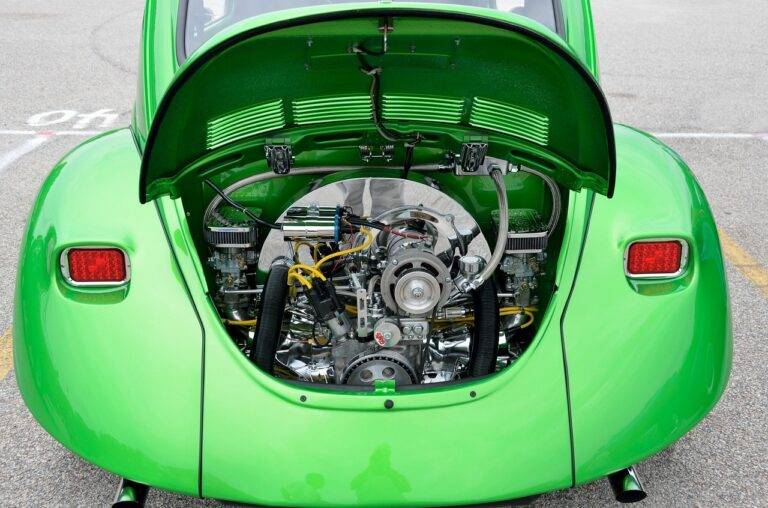Tech and Renewable Energy Storage Solutions
Energy storage systems play a crucial role in the efficient utilization of renewable energy sources. One key component of these systems is the battery, which stores excess energy generated during peak production periods for later use when the demand is high or when renewable sources are not actively producing electricity. Batteries come in various types, each with unique characteristics that cater to different applications and energy storage needs.
Another essential component is the power conversion system, which manages the flow of electricity between the energy source, storage system, and the grid. This system ensures that the energy is converted and distributed efficiently, optimizing the overall performance of the storage system. Additionally, the control system is vital in monitoring and regulating the operation of the energy storage system to maintain grid stability and reliability.
Types of Renewable Energy Sources
When it comes to renewable energy sources, solar energy is a popular choice that harnesses sunlight to generate electricity. Solar panels absorb photons from the sun, converting them into usable electrical energy. This sustainable form of energy production has seen significant advancements in technology, making it a cost-effective and environmentally friendly option for many households and businesses.
Wind energy is another renewable energy source that utilizes the power of the wind to generate electricity. Wind turbines capture the kinetic energy of moving air and convert it into electrical power through a generator. As one of the fastest-growing sources of renewable energy globally, wind power has proven to be a reliable and efficient way to reduce carbon emissions and combat climate change.
What are the key components of energy storage systems?
The key components of energy storage systems include batteries, flywheels, compressed air energy storage, pumped hydro storage, and thermal energy storage.
What are the different types of renewable energy sources?
The different types of renewable energy sources include solar energy, wind energy, hydropower, geothermal energy, and biomass energy.
How is solar energy harnessed as a renewable energy source?
Solar energy is harnessed through the use of solar panels, which capture sunlight and convert it into electricity through a process called the photovoltaic effect.
How is wind energy utilized as a renewable energy source?
Wind energy is harnessed by wind turbines, which capture the kinetic energy of the wind and convert it into electricity through a generator.
What is hydropower and how is it used as a renewable energy source?
Hydropower is generated by capturing the energy of flowing water, such as rivers or waterfalls, and converting it into electricity through turbines in hydroelectric power plants.
What is geothermal energy and how is it harnessed as a renewable energy source?
Geothermal energy is heat from beneath the Earth’s surface, which is harnessed through geothermal power plants that use steam or hot water to generate electricity.
How is biomass energy produced and used as a renewable energy source?
Biomass energy is produced from organic materials such as wood, crop residues, and animal waste, which are burned or converted into biofuels to generate heat or electricity.





